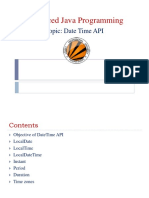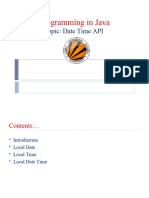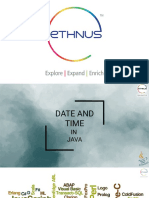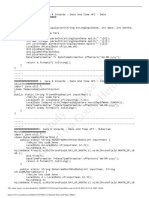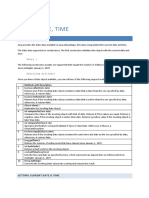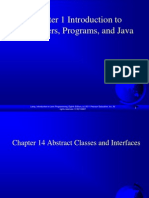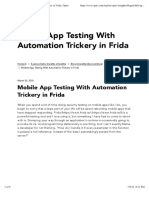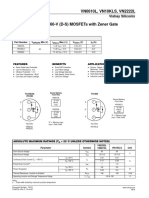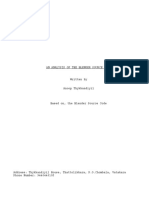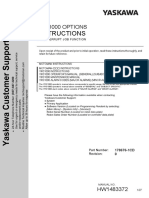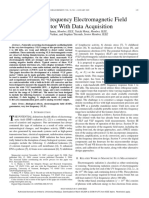0% found this document useful (0 votes)
12 views19 pages2 Data & Time Random
Java 8 introduced the java.time package to improve date and time handling, addressing issues of mutability, confusion, and thread safety found in the older java.util.Date and java.util.Calendar. Key classes include LocalDate, LocalTime, LocalDateTime, and ZonedDateTime, each serving specific needs for date and time representation, manipulation, and comparison. The document also covers the Period and Duration classes for handling time intervals, as well as utility frameworks for common programming tasks.
Uploaded by
samkumaran005Copyright
© © All Rights Reserved
We take content rights seriously. If you suspect this is your content, claim it here.
Available Formats
Download as PDF, TXT or read online on Scribd
0% found this document useful (0 votes)
12 views19 pages2 Data & Time Random
Java 8 introduced the java.time package to improve date and time handling, addressing issues of mutability, confusion, and thread safety found in the older java.util.Date and java.util.Calendar. Key classes include LocalDate, LocalTime, LocalDateTime, and ZonedDateTime, each serving specific needs for date and time representation, manipulation, and comparison. The document also covers the Period and Duration classes for handling time intervals, as well as utility frameworks for common programming tasks.
Uploaded by
samkumaran005Copyright
© © All Rights Reserved
We take content rights seriously. If you suspect this is your content, claim it here.
Available Formats
Download as PDF, TXT or read online on Scribd
/ 19







